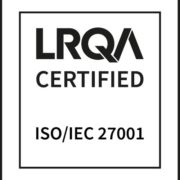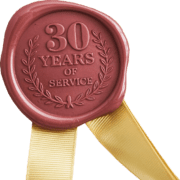Step 6: Integration with other systems.
10 Steps to successful CRM implementation
Integration is a crucial aspect of any CRM. It helps businesses streamline their processes and ensures that they have access to all the information they need to make informed decisions. In this post, we’ll look at the benefits of integration for your CRM.
Improved Data Quality: Integrating with other systems, such as your ERP or marketing automation tool, helps to improve data quality. All information is stored in one central location, reducing the risk of errors and duplicates.
Increased Productivity: Connecting your CRM system with other tools means that employees no longer have to switch between multiple systems to complete tasks. This saves time and increases productivity.
Better Customer Insights: Integrating with data from other systems, such as your website, social media channels, and marketing campaigns, provides a complete view of the customer journey. This helps businesses understand their customers better and make informed decisions.
Enhanced Collaboration: Email and project management systems, when integrated with a CRM enhance collaboration among employees. Team members can access information and communicate in real-time, improving the overall efficiency of the team.
Cost Savings: The need for separate licenses and reduces the number of systems that need to be maintained when you integrate into a centralised source of truth, such as CRM. This leads to cost savings for the business.
Integrating a CRM into a business’s existing technology can be complex and carry certain risks though. One of the biggest challenges is ensuring that the integration is seamless, and that data is correctly transferred between systems without any errors. Another risk is compatibility issues between the CRM and other existing systems, which could lead to system downtime or data loss.
To mitigate these risks, thoroughly plan the integration process, including identifying potential issues and developing a contingency plan. It is also advisable to work with a professional integration consultant who has experience with integrating CRM systems and can provide expertise on the best practices and potential risks. Businesses should test the integration thoroughly before it goes live to ensure that it works as expected and that all data is being transferred correctly.
Regular maintenance and monitoring of the integrated systems is also crucial to ensure the system continues to function smoothly. This includes backing up data, updating software, and ensuring that all systems are running optimally. By taking these steps, you can minimize the risks associated with CRM integration and ensure that their system works as expected to drive their success.



